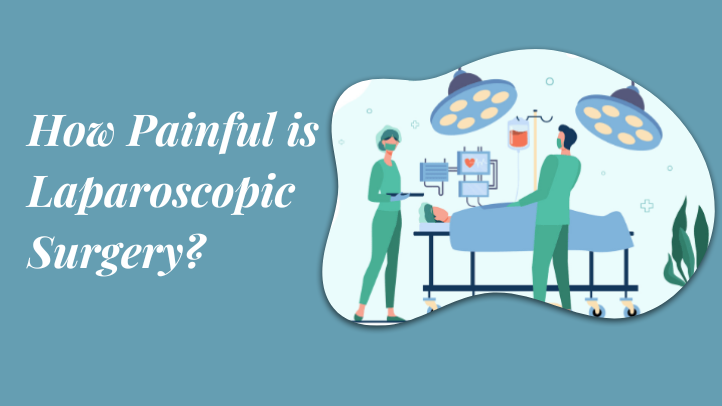Blog

Laparoscopic surgery, generally known as minimally invasive surgery, is a contemporary surgical technique. where operations in the abdomen or pelvic region are performed through small incisions using specialised instruments. The laparoscope is a long, thin tube equipped with a high-intensity light source and a high-definition camera at its tip. This instrument helps surgeons to obtain a clear real-time view.
Without making one large cut, they make a few small ones. Then, they insert (a tiny camera called) a laparoscope through one of the incisions. This camera sends images to a video monitor in the operating room, enabling the surgeon to view and perform the surgery. During laparoscopic surgery, the surgeon applies specialized instruments to carry out tasks such as cutting, suturing, and manipulating organs.
Laparoscopic surgery is performed for a variety of reasons across different medical conditions. Some common reasons include:
Laparoscopic surgery is generally associated with less pain compared to traditional open surgery. This surgery is performed under general anaesthesia because this sufferer remains unconscious and will not feel any pain.
These procedures involve smaller incisions and less tissue trauma, resulting in reduced post-operative pain and a quicker recovery for many patients.
You’ll experience mild pain around the cuts (belly area) the doctor made (incisions) or in the shoulder caused by carbon dioxide gas. This gas is used to inflate the abdomen, creating space for surgeons to work. This inflation puts pressure on the diaphragm and irritates the nerves that are linked with the shoulder area, leading to referred pain in the shoulder. It can last for several days.
Note: Patients need to communicate any concerns or persistent pain with their healthcare providers, as they may recommend additional measures or medications to manage discomfort effectively.
Laparoscopic surgery offers several benefits compared to traditional open surgery. Some of the key benefits include:
While laparoscopic surgery is generally considered safe and has many benefits, like any surgical procedure, it carries some risks. Some potential risks of laparoscopic surgery include:
Hence, Laparoscopic surgery typically involves ensuring all instruments and materials are accounted for, closure of incisions and documenting the procedure accurately for the patient’s records. However, for expert advice, we recommend to consult the best laparoscopic surgeon in Chandigarh today!
Copyright © 2024 Dr Ahuja Clinic. All Rights Reserved | Marketing by : WebHopers
Website Design by CSW Technologies